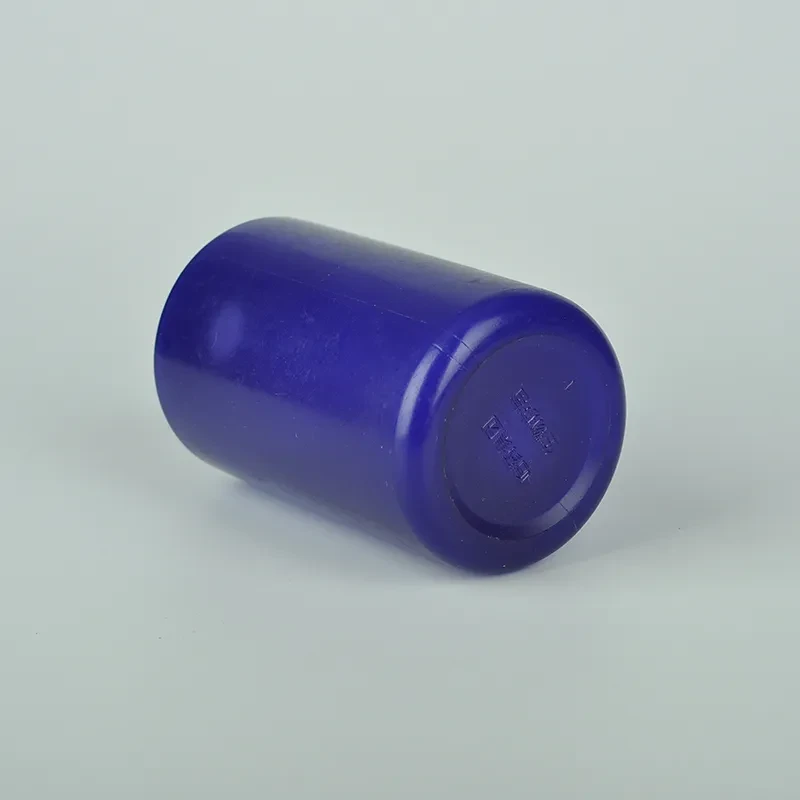
-
 Afrikaans
Afrikaans -
 Albanian
Albanian -
 Amharic
Amharic -
 Arabic
Arabic -
 Armenian
Armenian -
 Azerbaijani
Azerbaijani -
 Basque
Basque -
 Belarusian
Belarusian -
 Bengali
Bengali -
 Bosnian
Bosnian -
 Bulgarian
Bulgarian -
 Catalan
Catalan -
 Cebuano
Cebuano -
 Corsican
Corsican -
 Croatian
Croatian -
 Czech
Czech -
 Danish
Danish -
 Dutch
Dutch -
 English
English -
 Esperanto
Esperanto -
 Estonian
Estonian -
 Finnish
Finnish -
 French
French -
 Frisian
Frisian -
 Galician
Galician -
 Georgian
Georgian -
 German
German -
 Greek
Greek -
 Gujarati
Gujarati -
 Haitian Creole
Haitian Creole -
 hausa
hausa -
 hawaiian
hawaiian -
 Hebrew
Hebrew -
 Hindi
Hindi -
 Miao
Miao -
 Hungarian
Hungarian -
 Icelandic
Icelandic -
 igbo
igbo -
 Indonesian
Indonesian -
 irish
irish -
 Italian
Italian -
 Japanese
Japanese -
 Javanese
Javanese -
 Kannada
Kannada -
 kazakh
kazakh -
 Khmer
Khmer -
 Rwandese
Rwandese -
 Korean
Korean -
 Kurdish
Kurdish -
 Kyrgyz
Kyrgyz -
 Lao
Lao -
 Latin
Latin -
 Latvian
Latvian -
 Lithuanian
Lithuanian -
 Luxembourgish
Luxembourgish -
 Macedonian
Macedonian -
 Malgashi
Malgashi -
 Malay
Malay -
 Malayalam
Malayalam -
 Maltese
Maltese -
 Maori
Maori -
 Marathi
Marathi -
 Mongolian
Mongolian -
 Myanmar
Myanmar -
 Nepali
Nepali -
 Norwegian
Norwegian -
 Norwegian
Norwegian -
 Occitan
Occitan -
 Pashto
Pashto -
 Persian
Persian -
 Polish
Polish -
 Portuguese
Portuguese -
 Punjabi
Punjabi -
 Romanian
Romanian -
 Russian
Russian -
 Samoan
Samoan -
 Scottish Gaelic
Scottish Gaelic -
 Serbian
Serbian -
 Sesotho
Sesotho -
 Shona
Shona -
 Sindhi
Sindhi -
 Sinhala
Sinhala -
 Slovak
Slovak -
 Slovenian
Slovenian -
 Somali
Somali -
 Spanish
Spanish -
 Sundanese
Sundanese -
 Swahili
Swahili -
 Swedish
Swedish -
 Tagalog
Tagalog -
 Tajik
Tajik -
 Tamil
Tamil -
 Tatar
Tatar -
 Telugu
Telugu -
 Thai
Thai -
 Turkish
Turkish -
 Turkmen
Turkmen -
 Ukrainian
Ukrainian -
 Urdu
Urdu -
 Uighur
Uighur -
 Uzbek
Uzbek -
 Vietnamese
Vietnamese -
 Welsh
Welsh -
 Bantu
Bantu -
 Yiddish
Yiddish -
 Yoruba
Yoruba -
 Zulu
Zulu
Plastic Container Options for Storing Tablets and Supplements Effectively and Safely
The Rise of Plastic Tablet Bottles A Convenient Solution for Modern Consumers
In today's fast-paced world, convenience and efficiency are paramount, particularly in the health and wellness sector. One innovation that has gained significant popularity is the use of plastic tablet bottles for medication and supplements. These bottles, designed to securely store and dispense pills, are becoming the standard for both manufacturers and consumers due to their numerous advantages.
Plastic tablet bottles are primarily made from high-density polyethylene (HDPE) or polyethylene terephthalate (PET), both of which are lightweight yet durable materials. One of the key benefits of plastic bottles is their resistance to breakage; unlike glass containers, plastic bottles can withstand drops and rough handling, making them ideal for daily use. This resilience is especially important for individuals who often carry their medications on the go.
Another significant advantage of plastic tablet bottles is their design flexibility
. Manufacturers can produce bottles in various shapes, sizes, and colors, allowing for easy branding and differentiation. Customizable options can also enhance user experience with features like child-resistant caps, easy-open tops, and moisture retention seals, further ensuring the safety and efficacy of the contained products.plastic tablet bottles

From an economic perspective, plastic tablet bottles often present a cost-effective solution for companies. Producing plastic bottles typically requires lower manufacturing and shipping costs compared to glass. This reduction in expenses can ultimately lead to lower prices for consumers, making medications and supplements more accessible.
However, the rise of plastic tablet bottles has also sparked discussions around environmental sustainability. While they offer many benefits, the environmental impact of plastic waste is a growing concern. The industry is responding by promoting recycling practices and developing biodegradable alternatives. Additionally, initiatives to encourage the reuse of plastic containers are gaining traction, helping to mitigate some of the environmental issues associated with single-use plastics.
In conclusion, plastic tablet bottles are becoming an essential component of the health and wellness supply chain. With their durability, design flexibility, and cost-effectiveness, they offer a practical solution for both manufacturers and consumers. As the industry continues to evolve, it is important to balance convenience with sustainability to ensure that future innovations do not compromise the planet’s health. As we look forward, integrating sustainable practices into the production and disposal of plastic tablet bottles will be crucial in creating a more responsible and eco-friendly future.
-
Premium Metal Dropper Bottle for Precise Dispensing 250ml & 1ml Options AvailableNewsJul.04,2025
-
20 ml Headspace Vials - High Quality Polyethylene & Plastic Vials for Lab UseNewsJul.04,2025
-
Small Bottle with Pipette - Precise Dispensing 100ml Pipette Bottles for Essential Oils & Lab UseNewsJun.24,2025
-
Acetic Anhydride Bottle for Accurate Dropper Measurement in Pharmacy Use High-Quality Dropper BottlesNewsJun.10,2025
-
Innovative PET Bottle Design for Juice – Unique Shapes & Customization OptionsNewsJun.10,2025
-
20 Pack Sterilized Petri Dishes – Assorted Sizes, High Quality Small Plastic Petri Dishes for Lab UseNewsJun.10,2025






















